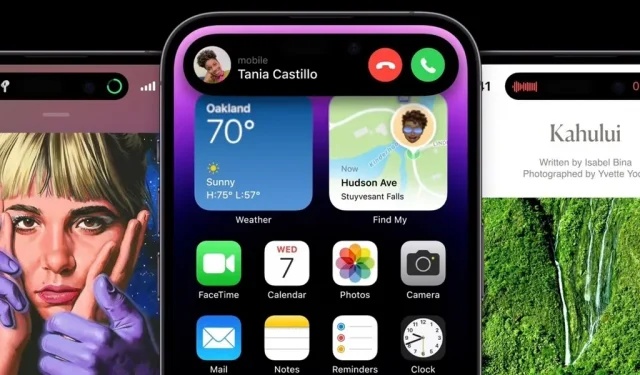The new iPhone 14, 14 Plus, 14 Pro, and 14 Pro Max come with great, never-before-seen iPhone features, including the A16 Bionic chip, Bluetooth 5.3, accurate dual-frequency GPS, and dual ambient lighting. sensors. But these are just a few of the new features exclusive to the 2022 lineup.
Apple’s iPhone Pro models always outperform their standard counterparts when it comes to exclusive features, but that doesn’t mean you shouldn’t consider the 14 and 14 Plus if you’re looking for a new smartphone. All four have better technology than their predecessors, but are the Pro-only features worth the extra money? If you’re wondering which iPhone 14 model to buy, keep reading to find out what you’ll get.
1. Always-on display (Pro models only)
Now that iOS has a customizable lock screen with more information, an always-on display makes sense, and it’s on the iPhone 14 Pro and 14 Pro Max. At a glance, you can see the date, time, widgets, wallpapers, and live activities without lifting your iPhone and touching its display.
Most iPhone models can drop the screen refresh rate down to 20Hz, and iPhone 13 Pro models down to 10Hz. The lower the frequency in Hz, the more power you save, and iPhone 14 Pro models can reduce the frequency to 1 Hz on the lock screen in power saving mode thanks to multiple co-processors in the A16 Bionic chip. Apple has also improved LTPO (Low Temperature Polycrystalline Oxide) display technology, which allows the display to intelligently dim the entire lock screen.
These and other energy-saving technologies help make an always-on display possible.
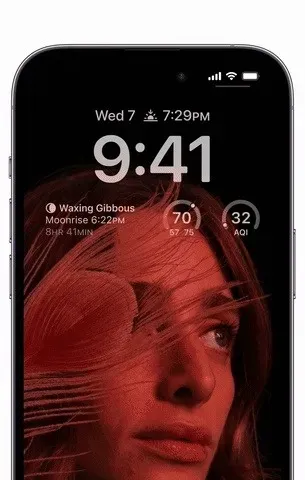
2. 48MP photos (Pro models only)
The two new iPhone 14 Pro models received a 48 MP main camera. Starting with the iPhone 6 S, every iPhone had a 12-megapixel primary camera, four times smaller than the 14 Pro series. The new main camera also features an iPhone’s first quad-pixel sensor that adapts to the type of photo you’re trying to take. While most images are still 12 megapixels, when shooting in ProRaw you get all 48 megapixels.
For most photos, the quad-pixel sensor combines every four pixels into one large 2.44µm-equivalent quad-pixel sensor for stunning low-light performance while maintaining photo size at a practical 12MP. The quad-pixel sensor also allows for 2x telephoto, which uses the sensor’s average 12 megapixels for full-resolution photos and 4K video without digital zoom. This delivers optical quality at a familiar focal length, which is great for features like portrait mode.
3. Real-time information compared to other apps (Pro models only)
Also exclusive to the iPhone 14 Pro and 14 Pro Max is the new Dynamic Island. All iPhone models with Face ID have the famous notch at the top where the TrueDepth camera resides — even the iPhone 14 and 14 Plus — but the new Pros have a new tablet-shaped island that takes up less space. And this is just the beginning.
Apple uses the new TrueDepth camera system cutout as the center of Dynamic Island, which expands to display real-time information such as alerts, notifications, and actions. The Face ID icon that appears when the iPhone scans your face expands from the dynamic island. You’ll see your AirPods, incoming and connected phone calls, audio playback, timer countdown, Maps navigation steps, charging status, and more. So you can work in any application and still see and interact with information in Dynamic Island.
To see more information and controls, all you have to do is tap and hold on an item in Dynamic Island.
4. Support eSIM only
All four iPhone 14 models are eSIM-only, which means they don’t have a physical SIM tray. The first three iPhones used standard SIM cards, the iPhone 4 and 4S used Micro-SIM cards, and all other iPhones so far used Nano-SIM cards, some of which also support eSIM. Depending on how you use multiple SIMs, not having a SIM slot may or may not be a good thing.
- Read more: Worst “feature”of every model in the iPhone 14 series
5. Emergency SOS via satellite
When you need emergency help in the city, your iPhone’s emergency SOS mode can help. However, it’s not very useful when hiking, camping, or doing activities away from Wi-Fi and cellular coverage. All four models of the iPhone 14 series have the answer to this question: an emergency SOS call via satellite.
The built-in antennas can connect to satellites above you, but you must point them directly at the satellite. The new iPhones will guide you to the nearest satellite to establish a connection and help you stay on track while you use Emergency SOS.
Because satellites have low bandwidth and are constantly moving, it can take several minutes for a message to reach emergency services. To save time, iPhone will determine your location and ask you a few specific questions to help emergency services understand what you need. All messages are sent to Apple, where trained personnel can call 911 for you. Messages can also be sent directly to emergency services if they support SMS prompts.
You can also use satellites to update your location in the Find My app.
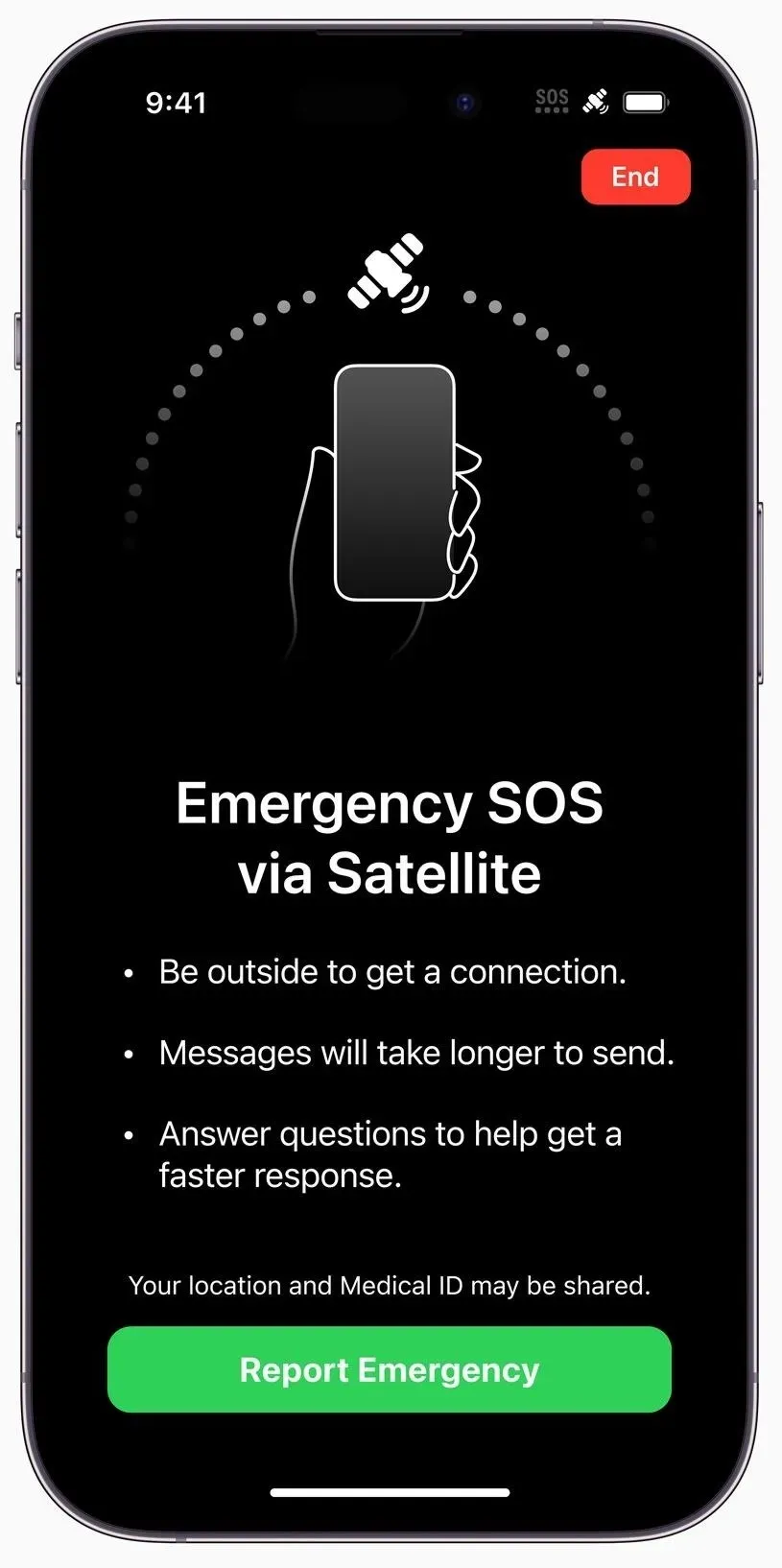
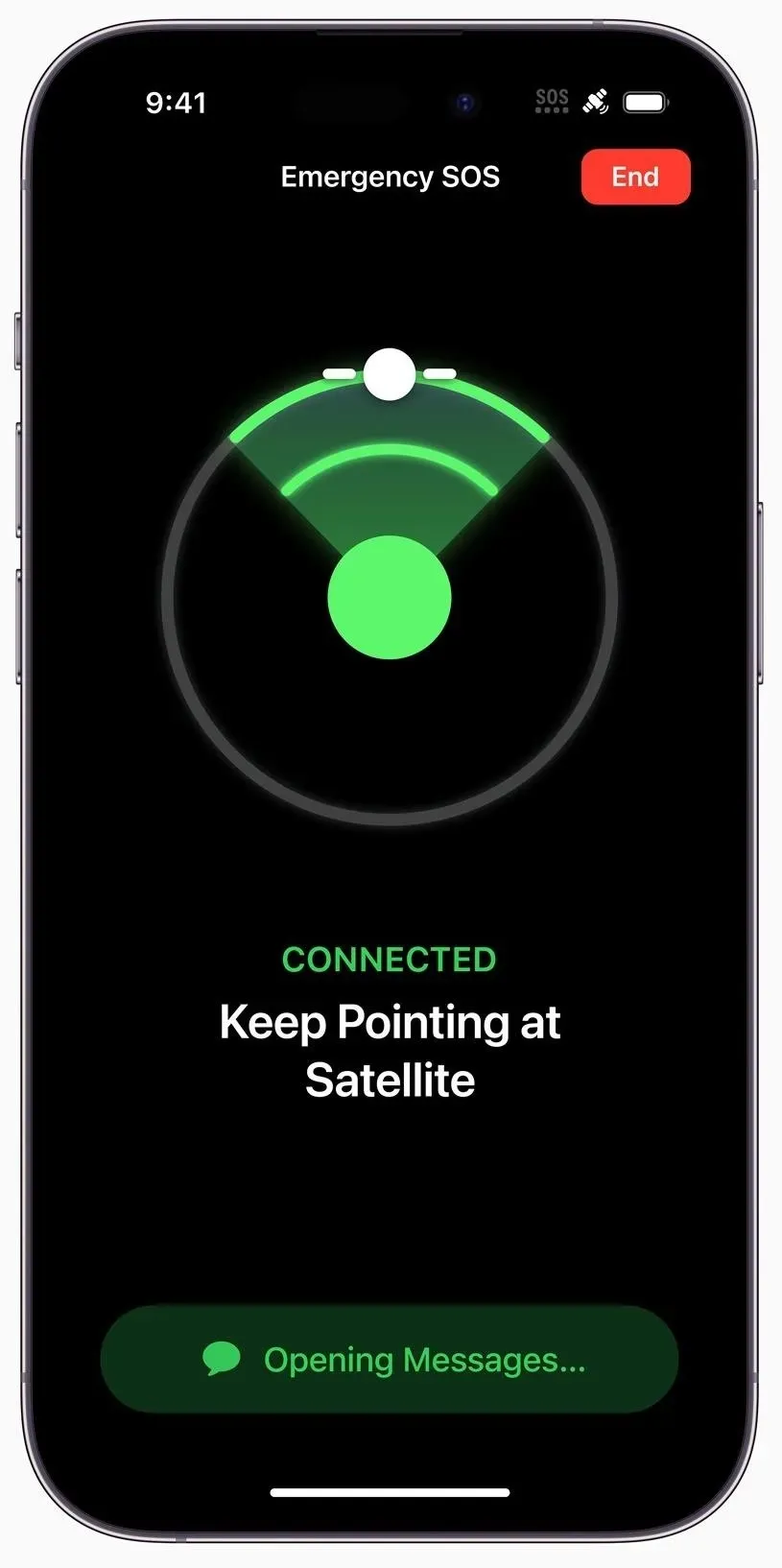
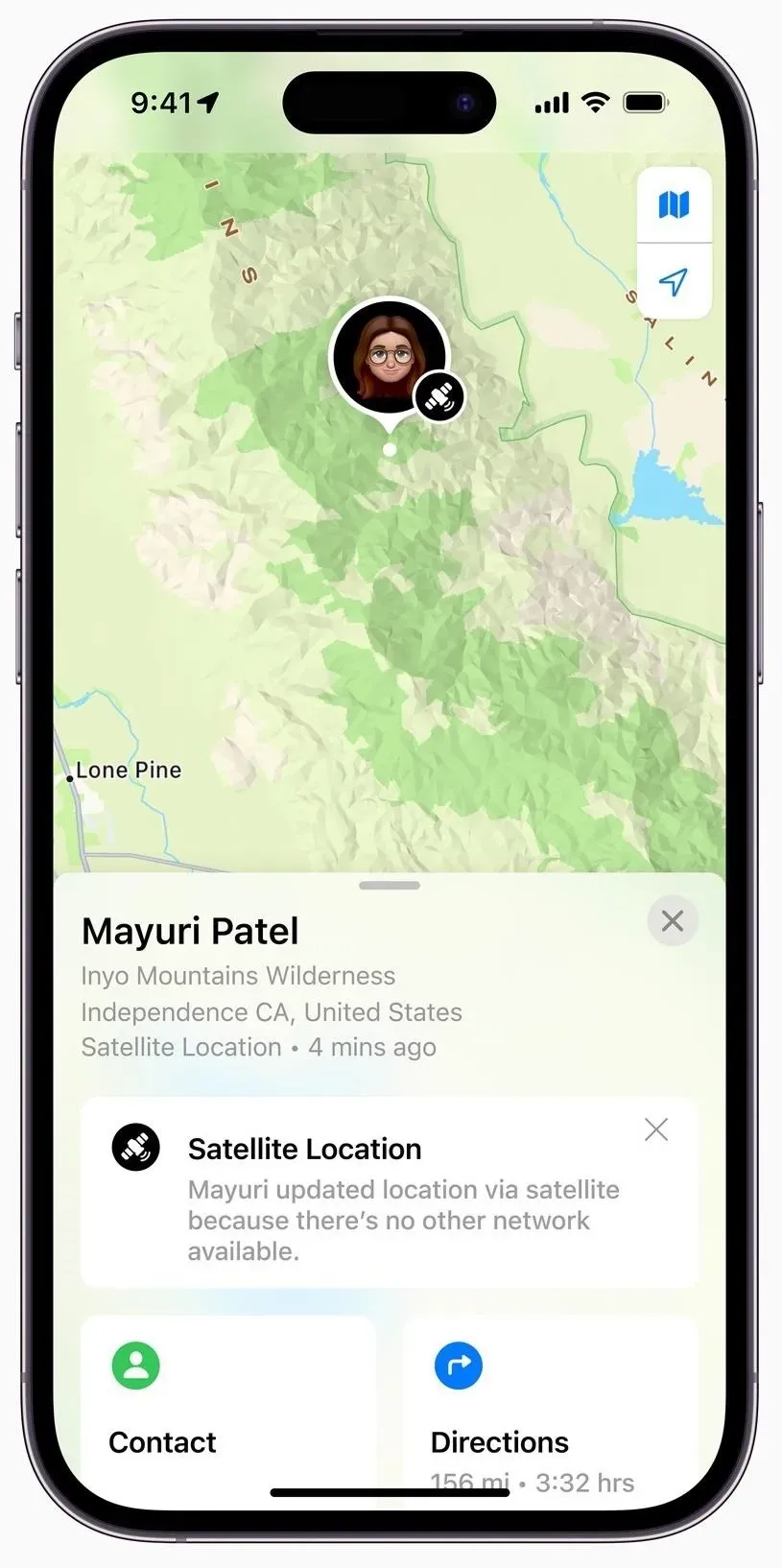
6. Car crash detection
The iPhone 14, 14 Plus, 14 Pro, and 14 Pro Max are also the first iPhones to detect car crashes. They all feature a new dual-core accelerometer that can measure G-forces up to 256 G-forces. A new extended dynamic range gyroscope also helps detect vehicle impacts.
When iPhone detects that you’re in a serious car collision, it automatically calls emergency services when you pass out or can’t find or contact it.
These capabilities build on existing components such as a barometer that can now detect changes in cabin pressure, GPS for additional input of speed changes, and a microphone that can recognize loud sounds typical of serious car crashes. Advanced motion algorithms developed by Apple and trained on over a million hours of real driving and crash data provide even greater accuracy.
While it may seem intimidating that Apple is using your microphone to detect car crashes, it only turns on the microphone when it detects you are driving. The iPhone only receives audio level data and nothing else, and only uses device information. The data is deleted after a crash and nothing is sent anywhere unless you decide to improve crash detection.
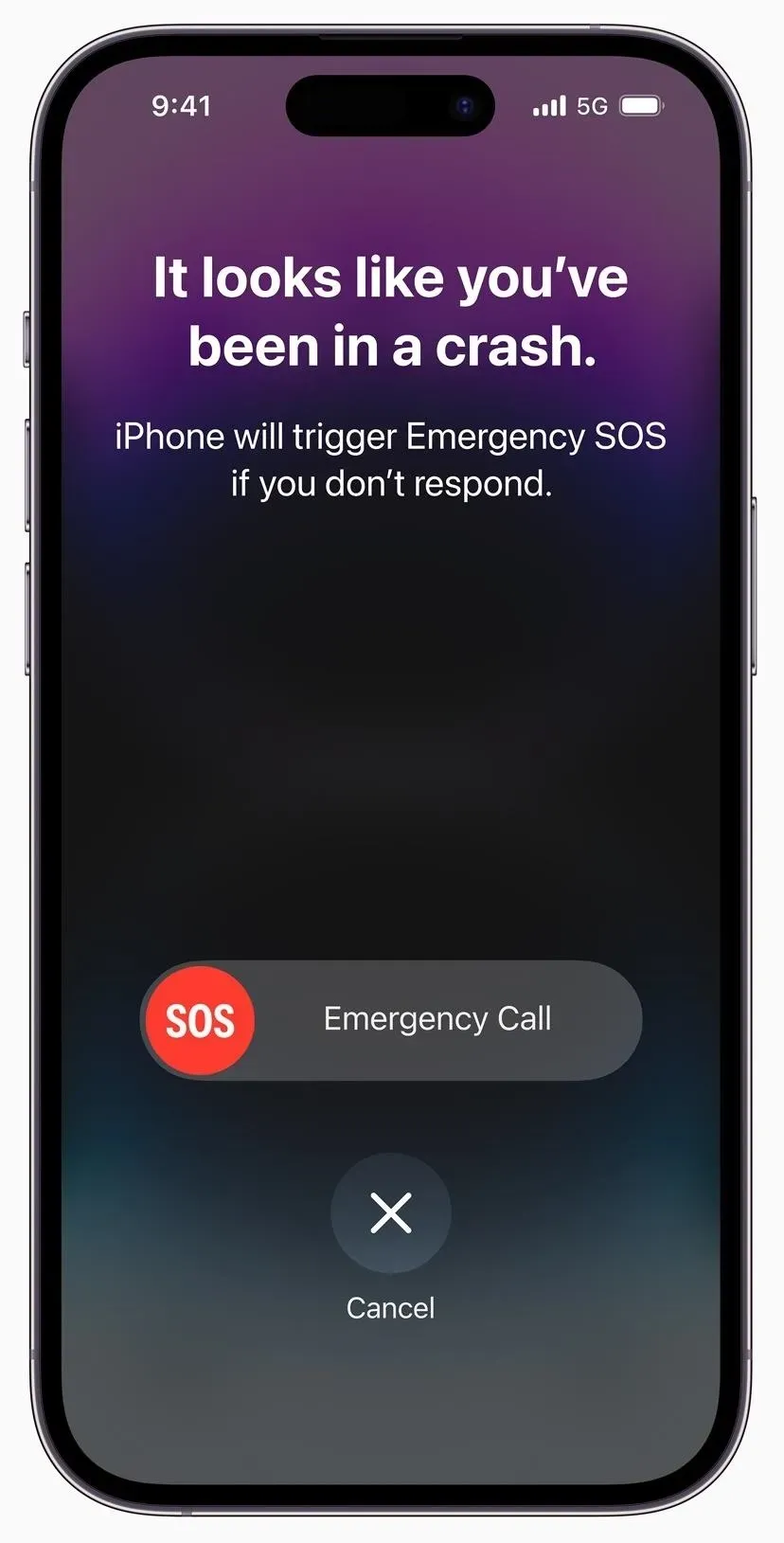
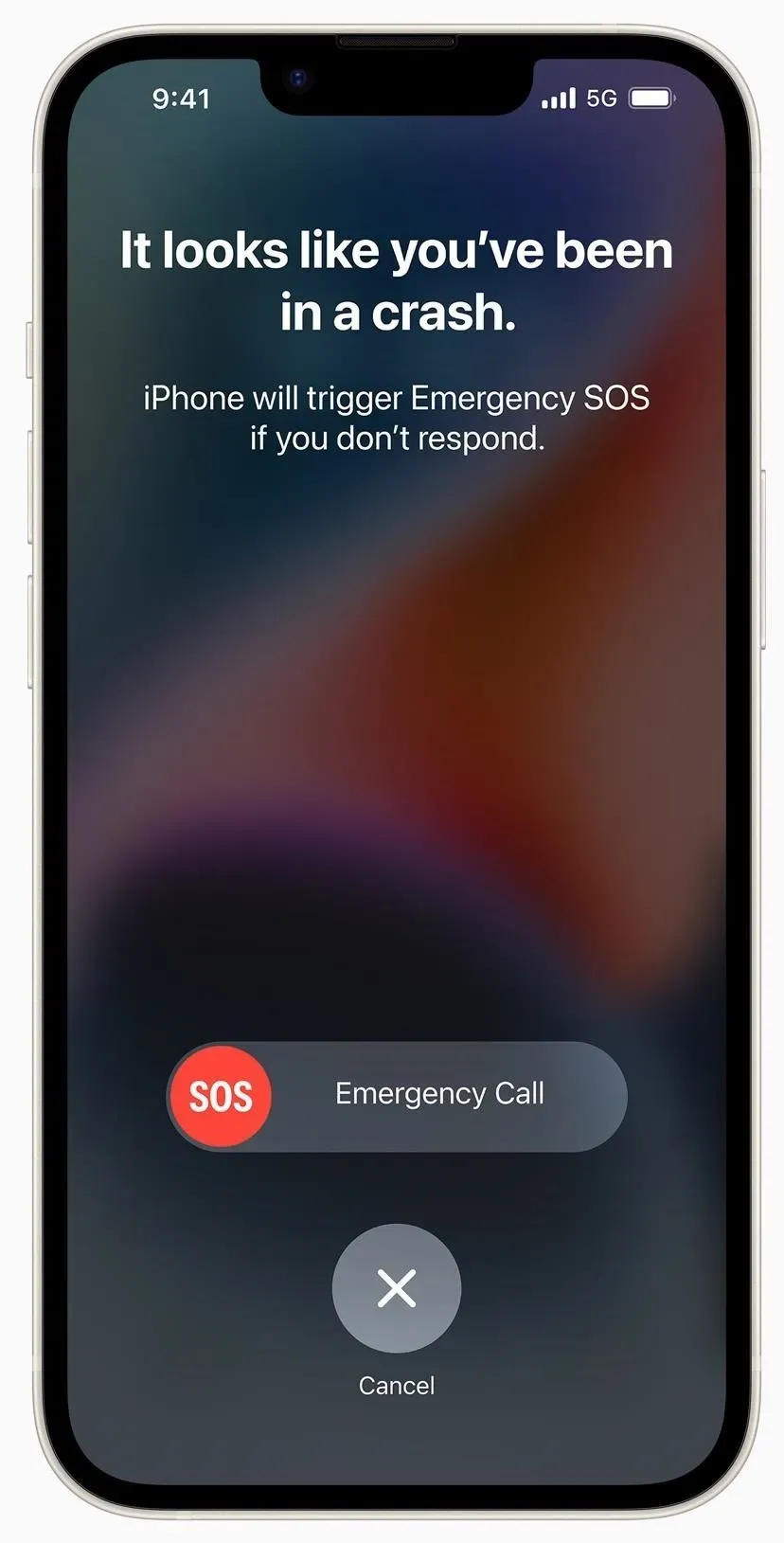
7. Peak brightness 2000 nits (Pro models only)
In February, it was reported that the Samsung Galaxy S22+ and S22 Ultra have maximum brightness smartphone displays with a maximum brightness of 1750 nits (one nit equals one candela). The brightest iPhone display ever was 1,200 nits, and that’s the case for the iPhone 14 and 14 Plus, but the new iPhone 14 Pro and Pro Max go all out, peaking at 2,000 nits outdoors. They even go as high as 1600 nits for HDR content.
8. Adaptive True Tone Flash (Pro models only)
The best iPhone camera flash so far has been a slow sync True Tone flash with two or four LEDs that helps you get evenly lit backgrounds and foregrounds. iPhone 14 Pro models now feature Adaptive True Tone Flash, a completely redesigned flash system with nine LEDs that change patterns based on the focal length you’re using.
9. Photonic Engine Image Processing Pipeline
The new Photonic Engine is Apple’s advanced image pipeline for medium and low light photography, no matter what camera you’re using. It applies Deep Fusion computational photography in earlier stages of image processing, correcting more detailed uncompressed images to deliver impressive detail, textures and colors.
On Pro models, it improves images up to two times for the main, telephoto, and TrueDepth cameras, and up to three times for the ultra-wide camera. On 14 and 14 Plus, it improves images by up to two times for the ultra-wide and TrueDepth cameras, and up to two and a half times for the main one.
10. 4K HDR at up to 30 fps for cinematic mode
Apple introduced a cinematic mode for recording video with shallow depth of field in the iPhone 13 lineup, but the maximum resolution is 1080p at 30 frames per second (fps). Now all four iPhone 14 models can achieve 4K HDR at 24fps or 40fps.
11. Action mode for video
To capture smooth motion in video, you usually had to use a gimbal stabilizer, but not now. All four iPhone 14 models have a new Action shooting mode in the Camera app that runs at up to 2.8K resolution at 60 frames per second.
Each model has sensor-shift optical image stabilization for video and uses the entire sensor with a wider spread and improved roll correction to give you truly amazing results. Shaking, movement and vibration in the recorded video is almost imperceptible. It’s like having a professional Steadicam system with nothing but an iPhone. It even works in Dolby Vision HDR.

Image via Apple
12. TrueDepth camera with autofocus
Surprisingly, this hasn’t happened yet, but all new iPhone models support autofocus when taking selfies with the TrueDepth front camera. With it, it can focus clearly at different distances.
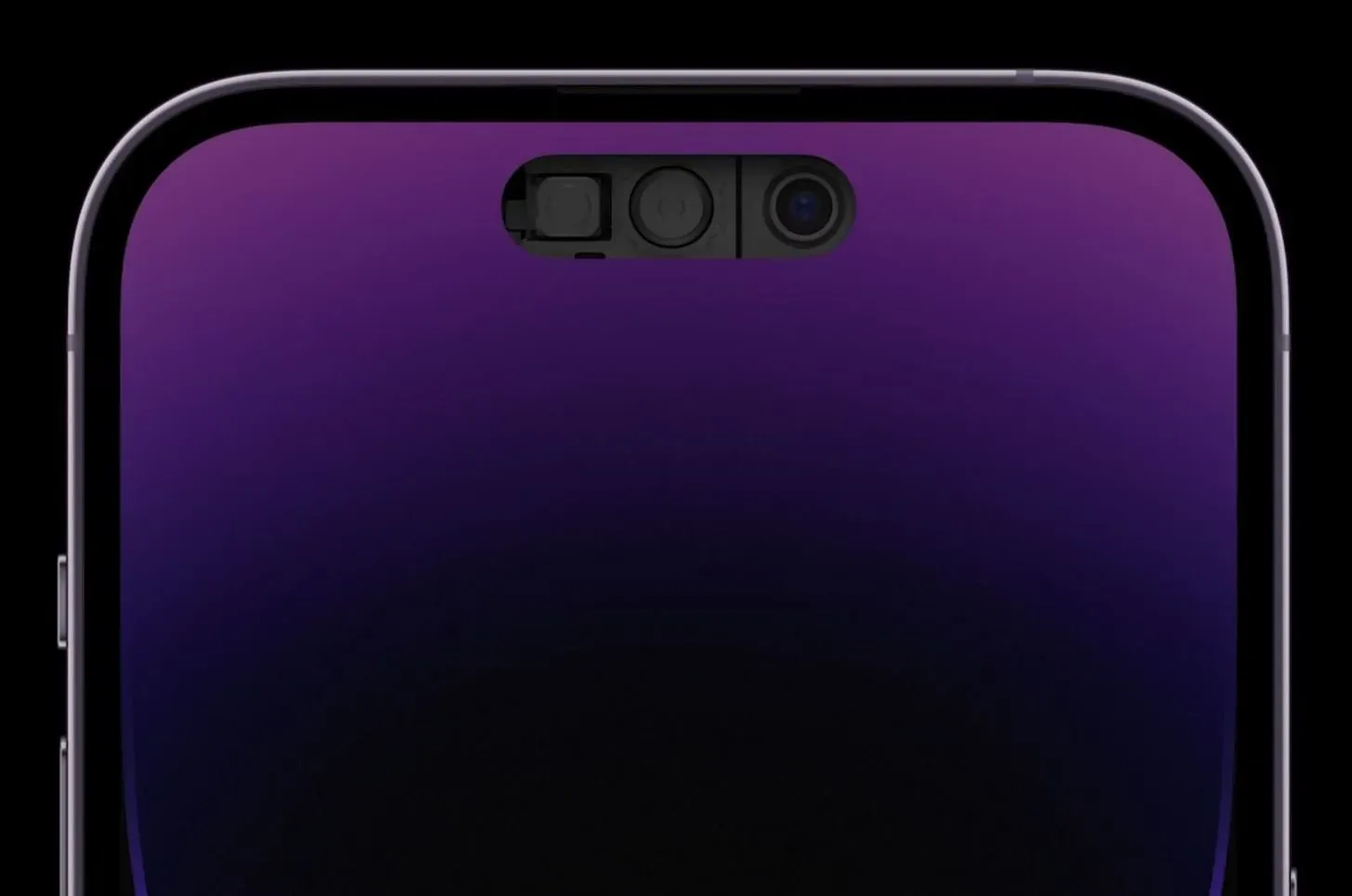
Image via Apple
